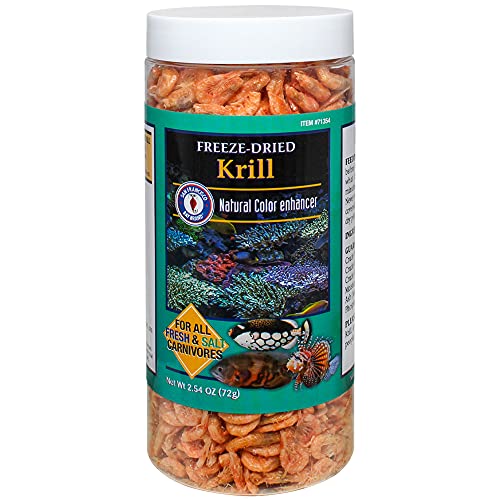user 26995
Well-known member
- Joined
- Mar 31, 2009
- Messages
- 6,452
I've read in other threads about gasses building up in tanks from being covered. I have also heard that the same problems can be a result of the house being closed up because of the weather getting colder. My house is extremely air tight. I have to keep a couple windows cracked and a fan running during the winter. I still get some condensation on the windows. I think that one of the problems I had in one of my tanks from my house being closed up tight was one of my clownfish got popeye. If I remember correctly I read somewhere that it can be caused by gasses building up in the tank. Gasses build up from the house being closed up tight.
I cracked a couple windows open, opened the top on the tank and in a matter of a week, my clown's eyes are almost back to normal.
I am wondering what issues can arise in the aquarium from the house or aquarium being closed up tight? How does it affect our fish and corals? What can we do to avoid or fix these issues.
I cracked a couple windows open, opened the top on the tank and in a matter of a week, my clown's eyes are almost back to normal.
I am wondering what issues can arise in the aquarium from the house or aquarium being closed up tight? How does it affect our fish and corals? What can we do to avoid or fix these issues.




































































